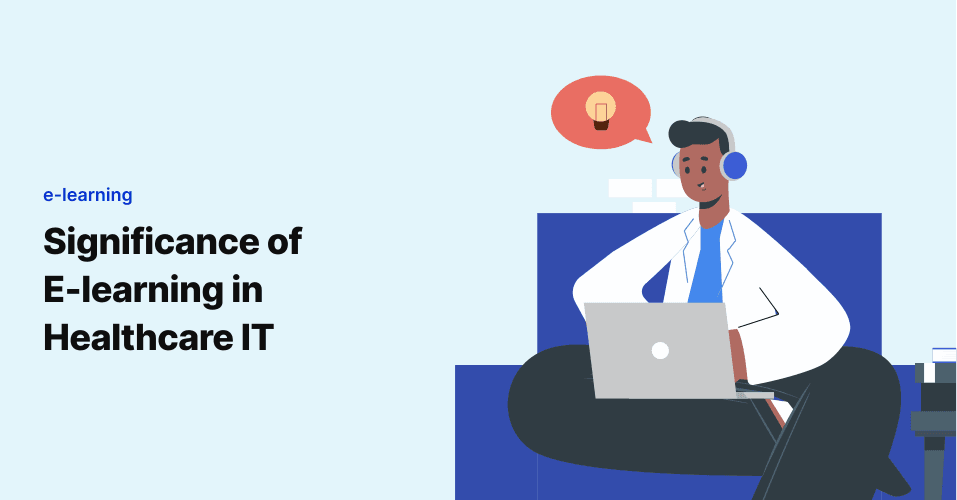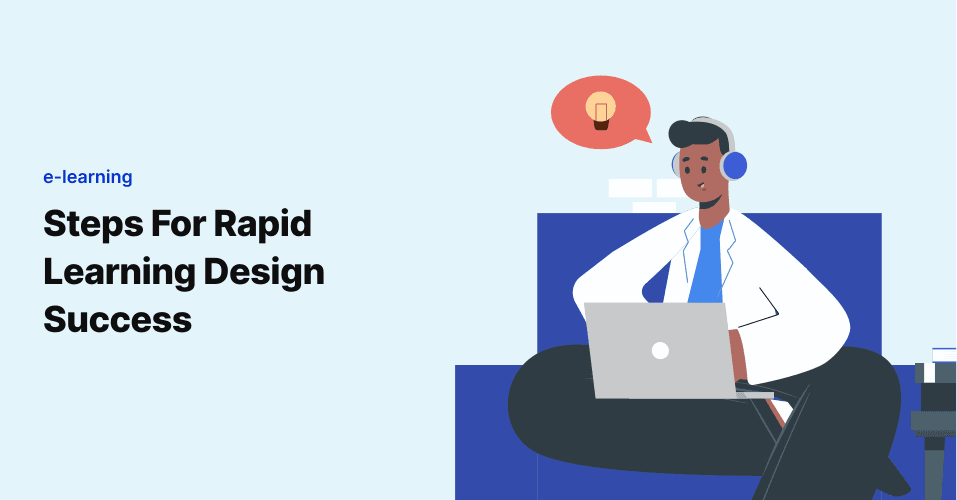
How Covid-19 will Change the Face of Digital Learning for Healthcare IT
It’s hard to imagine looking for the bright side of Covid-19 as we continue to adjust our lifestyles to reduce …

The goal of any professional EHR training is to equip end users to successfully leverage their new healthcare IT solutions to better manage patient care (or improve operations driving said care). We’ve shared tips for making EHR digital learning more productive, and the key takeaway for impactful training sessions is to structure time well. This means communicating contextual information before the e-learning session (such as what the training will include, what is expected of attendees, etc.) and diving into critical content first and foremost.
Bear in mind that folks, in general, don’t have a lot of patience for a verbose training curriculum. Physician end users really don’t have a high tolerance for this. E-learning sessions are going to be far more successful in terms of yielding capable users when topics are refined to the most applicable functionality for the audience and concepts are presented concisely and repeatedly.
That’s right. EHR Digital Learning follows all the same adult learning best practices, which means that trainers should not be afraid to repeat concepts to drive memorization and mastery during e-learning classes. Don’t waste time trying to cover everything just for the sake of covering content; instead, hone in on what is necessary for attendees to use their EHR optimally and go for depth over breadth.
Large health systems especially can benefit from the scalability of digital learning approaches to EHR training. A great way to incorporate brevity into large-scale implementations is to continue offering training content outside of an e-learning classroom experience. This means including user tips and best practices in staff communications or on employee portals and bulletin boards, circulating Super Users around the hospital to quiz end users, and offering a fun reward for correct responses (Starbucks gift cards won’t go to waste with this crowd), and tacking on an “EHR Crash Course” to required meetings to review and repeat the most core concepts and use cases.
One of the benefits of infusing a little EHR e-learning into any interaction with clinical and administrative staff is that health systems can reinforce the importance of the technology solution without requiring the time or commitment of ongoing classroom sessions. Of course, turnover is inevitable, but virtual training options are flexible and accessible for those who need the refresher, while others can simply enjoy the bite-sized tips and feedback that they organically encounter in the course of their work.
Short and sweet. Keep that goal in mind when designing and delivering healthcare IT e-learning opportunities, and your end users will thank you for their utilization and adoption post Go-live!
Join over 3,200 subscribers and keep up-to-date with the latest innovations & best practices in Healthcare IT.

It’s hard to imagine looking for the bright side of Covid-19 as we continue to adjust our lifestyles to reduce …

Not too long ago, our hero Jacob, an instructional designer by profession, worked for a global organization …

As soon as the workforce has finally adapted to its latest Millennial members, it is already time to readjust …